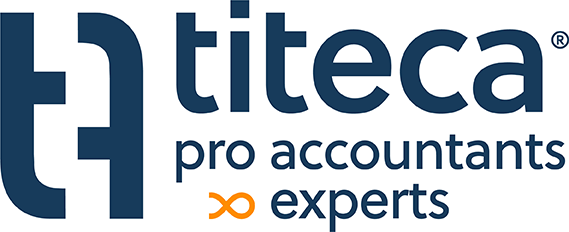After its closing date, a corporation has almost a year to file its tax return and then pay its taxes. As a result, from a budgetary standpoint, the government would have to wait more than a year for its tax receipts. Through the system of advance payments, the tax legislator wants to give companies an incentive to pay the tax 'in advance' as early as during the financial year itself. In return, the company can undo a tax increase.
1. Principle
When calculating the tax burden of companies, the estimated tax burden can by default still be increased by 6.75% (for assessment years 2020 and 2021). Thus, for a company with an estimated tax burden of EUR 100,000, it is in principle still possible to increase it by EUR 6,750[1]. By making timely advance payments during the current fiscal year, the Company can avoid all or part of this multiplication. As the grossing up rate has recently been substantially increased from 2.25% to 6.75%, it is clear that prepayments again deserve the necessary attention.
2. When and how much to prepay?
There are four periods in which an advance payment can be made. The moment of prepayment determines the extent to which the increase is eliminated. Of course, the company can also spread the prepayments, but the tax authorities do grant a greater advantage for earlier prepayment.
|
Latest payment date (fiscal year = calendar year) |
Latest payment date (fiscal year ≠ calendar year). |
Correction to propagation |
Necessary prepayment |
|
VA 1: 12/04 |
10th day 4th month |
9% |
75% |
|
VA 2: 12/07 |
10th day 7th month |
7.5% |
90% |
|
VA 3: 11/10 |
10th day 10th month |
6% |
112.5% |
|
VA 4: 20/12 |
20th day 12th month |
4.5% |
150% |
For example, if the aforementioned company opts to prepay an amount of 50,000 EUR in period 1, it can already eliminate the expected increase by 50,000 * 9% = 4,500 EUR. With an advance payment of 50,000 EUR in period 3, the predicted increase only decreases by 50,000 * 6% = 3,000 EUR. So timely prepayment is definitely worth it!
The fourth column shows that with an estimated tax of 100,000 EUR and an advance payment of 75,000 EUR in period 1, the increase is already completely eliminated in one payment (75,000 * 9% = 6,750 EUR). Payment of the balance due of EUR 25,000 (EUR 100,000 minus EUR 75,000 prepayment) can then be deferred without penalty. In period 4, an advance payment of EUR 150,000 would be required to completely neutralize the increase in one payment (150,000 * 4.5% = 6,750). Such a situation is obviously not very desirable because the company can only reclaim the excess of EUR 50,000 some time later.
3. Additional optimizations of prepayments.
Whether or not to make prepayments, for what amount and in what period, is an important tool to guide and optimize the company's tax burden and cash planning. It comes down to estimating the tax burden as accurately as possible in order to determine the optimal prepayment strategy.
It is often possible to finance the prepayments through the bank. The interest on the loan taken out will usually not outweigh the increase due to insufficient prepayments. Moreover, this interest is tax deductible, which is an additional advantage.
Small fiscal companies do not risk a multiplication during their first three financial years after incorporation and therefore do not have to make prepayments. Self-employed persons (one-man businesses) have a similar system of prepayments, although with some different modalities.
If you would like to know more about the prepayment system and in particular whether it is fiscally interesting for your company, feel free to contact your customer manager.
[1] In reality, the increase is charged at 102% of the estimated load.




